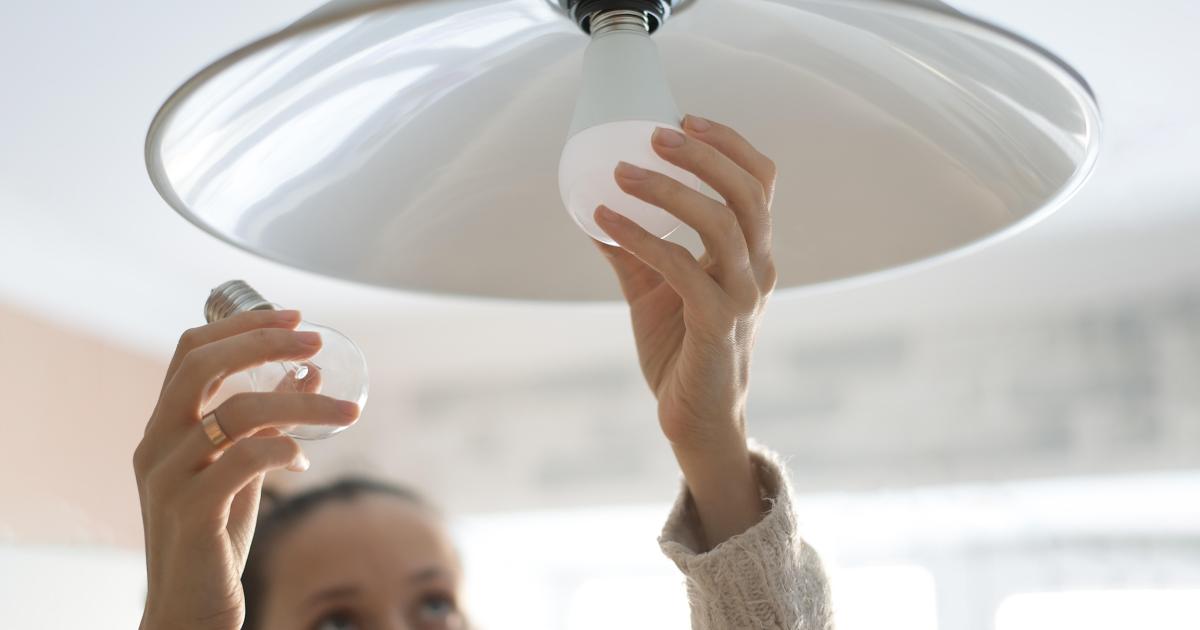Tips for Reducing Energy Consumption at Home

In today’s world, where environmental concerns are paramount, reducing our energy consumption at home has become a necessity. Not only does it contribute to a more sustainable planet, but it also helps you save money on utility bills. By implementing simple yet effective strategies, you can make a significant impact on your carbon footprint and energy consumption.
Read Also: Endangered Species in North America: A Race Against Time
- Conduct an Energy Audit
The first step in reducing your energy consumption at home is to identify the areas where you are wasting energy. Conduct a thorough energy audit by examining your appliances, lighting, insulation, and overall energy usage patterns. This will help you pinpoint the areas that require immediate attention and devise a targeted plan for improvement.
- Upgrade to Energy-Efficient Appliances
Outdated appliances can be major energy guzzlers. By replacing them with energy-efficient models, you can significantly reduce your energy consumption. Look for appliances with the ENERGY STAR label, which indicates that they meet strict energy efficiency guidelines set by the U.S. Environmental Protection Agency (EPA) and the Department of Energy (DOE).
- Optimize Lighting
Lighting accounts for a significant portion of your home’s energy consumption. Switch to LED bulbs, which consume up to 90% less energy than traditional incandescent bulbs and have a longer lifespan. Additionally, make use of natural lighting by keeping curtains and blinds open during the day, and install motion sensors or timers to ensure lights are not left on unnecessarily.
- Improve Insulation and Air Sealing
Proper insulation and air sealing can help prevent heat loss in the winter and cool air escape in the summer, reducing the workload on your heating and cooling systems. Seal any cracks or gaps around windows, doors, and other openings, and consider upgrading your insulation if it is inadequate.
Read Also: Breathe Easy: Discovering Air Quality Monitoring Stations Near Me
- Programmable Thermostats
Invest in a programmable thermostat that can automatically adjust the temperature based on your schedule and preferences. This can help you save energy by ensuring your heating and cooling systems are not running unnecessarily when you’re away from home or asleep.
- Unplug Unused Electronics
Even when not in use, many electronics and appliances consume energy in standby mode. Make a habit of unplugging devices when not in use, or use power strips that can be easily turned off to prevent phantom energy consumption.
- Utilize Natural Ventilation
During mild weather conditions, take advantage of natural ventilation by opening windows and using ceiling fans instead of running your air conditioning system. This can significantly reduce your energy consumption while keeping your home comfortable.
- Regular Maintenance
Regularly maintaining your home’s systems and appliances can help ensure they are operating at peak efficiency. Change air filters, clean coils, and have your heating and cooling systems serviced annually by a professional.
- Educate and Involve the Household
Reducing energy consumption at home is a team effort. Educate your family members about the importance of energy conservation and involve them in implementing energy-saving strategies. Encourage everyone to develop habits like turning off lights when leaving a room, unplugging chargers when not in use, and adjusting the thermostat appropriately.
- Renewable Energy Sources
Consider investing in renewable energy sources, such as solar panels or wind turbines, to supplement your home’s energy needs. While the initial cost may be higher, these systems can significantly reduce your reliance on fossil fuels and potentially provide long-term cost savings.
Read Also: Unlock the Secrets to a Lush, Water-Wise Garden: Ways to Conserve Water in the Garden
Comparison Table: Energy-Efficient vs. Traditional Appliances
To illustrate the potential savings associated with upgrading to energy-efficient appliances, let’s compare the energy consumption and operating costs of traditional and energy-efficient models:
| Appliance | Traditional Model | Energy-Efficient Model | Annual Energy Savings* |
|---|---|---|---|
| Refrigerator | 700 kWh | 400 kWh | $60 |
| Clothes Washer | 600 kWh | 200 kWh | $80 |
| Dishwasher | 350 kWh | 250 kWh | $20 |
| Air Conditioner | 3,500 kWh | 2,000 kWh | $300 |
*Based on an average electricity rate of $0.20 per kWh.
As you can see, investing in energy-efficient appliances can result in significant annual savings on your utility bills, making it a worthwhile investment in the long run.
By implementing these tips for reducing energy consumption at home, you can not only lower your carbon footprint but also save money on your utility bills. Remember, every small change can make a big difference, and by working together as a household, you can create a more sustainable and energy-efficient living environment.
Read Also: The Devastating Effects of Deforestation on Climate Change
Don’t forget to check out these related articles for more information on sustainable living:
- Reducing Your Water Footprint: Simple Steps for a More Sustainable Home
- The Devastating Effects of Deforestation on Climate Change
- Endangered Species in North America: A Race Against Time
- Breathe Easy: Discovering Air Quality Monitoring Stations Near Me
- Unlock the Secrets to a Lush, Water-Wise Garden: Ways to Conserve Water in the Garden
By making conscious choices and embracing sustainable practices, we can all contribute to a greener and more energy-efficient future.

Leave a Reply